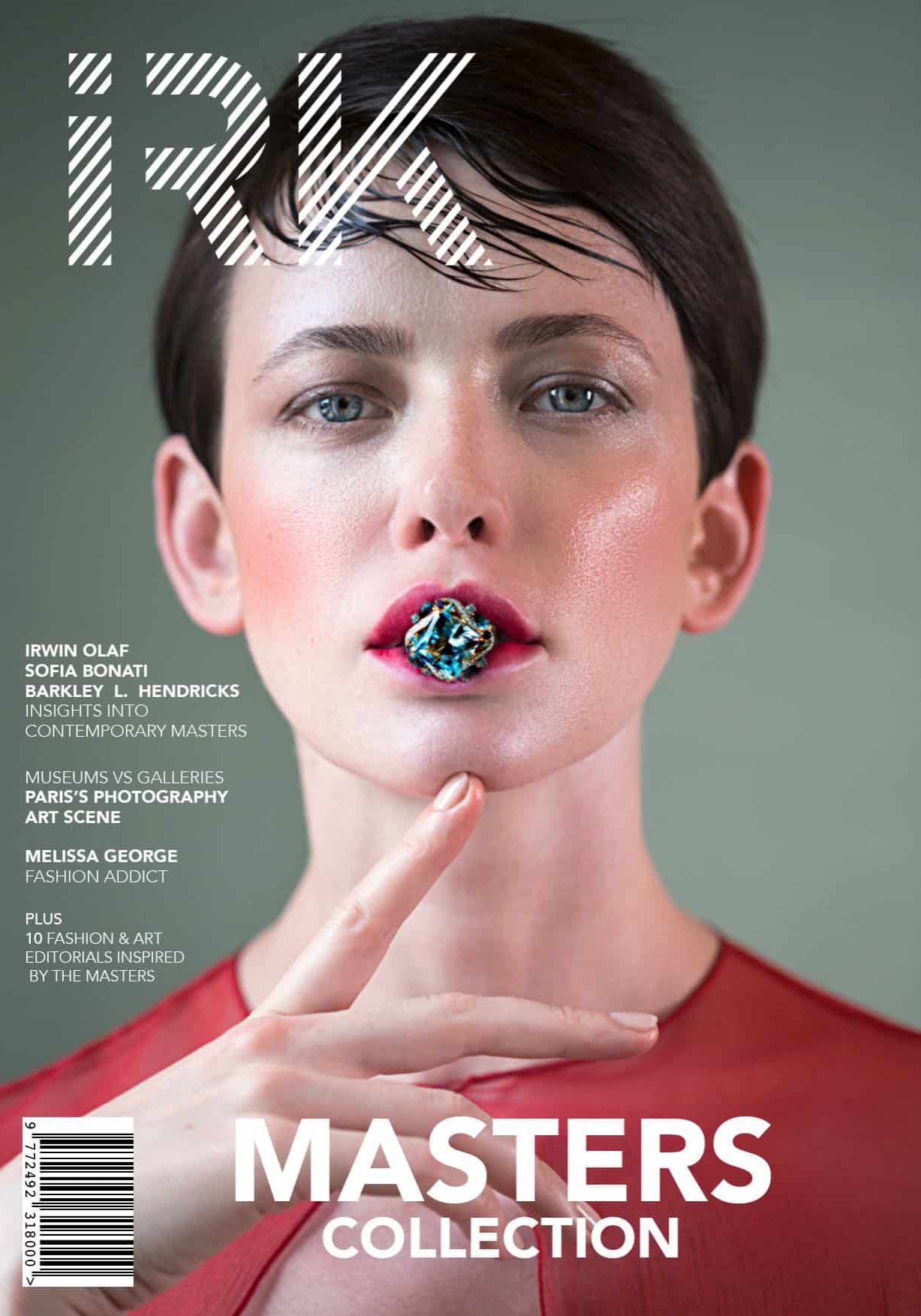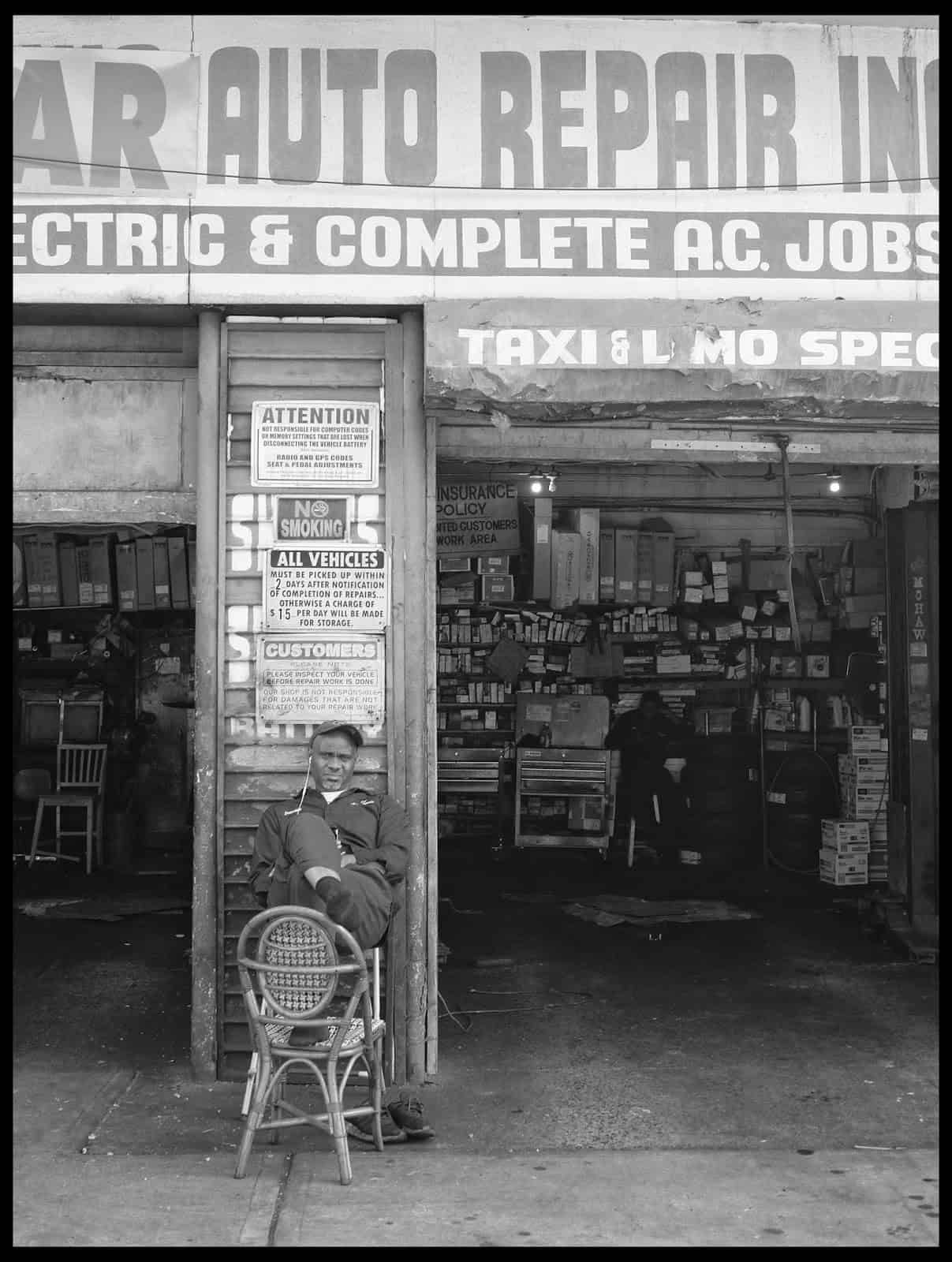
JULIAN BESSON a Living Moment
Julian Besson is a Parisian Photographer who escapes to the streets of New York to find his true inspiration. His pictures capture the past in the present, abandoned places and the heritage of New York. Recently he published two series: “80’ s” and “Roller Fashion Skating”. IRK magazine asked him some questions about his artwork which could become a lifetime project.
Paris and New York are two important cities in your life. Two art centers of the 20s century- two very different myths. Why do you take pictures of New York and not Paris?
I want to lose all connection with my daily life. I need to be elsewhere to photograph. Paris allows me to take a break, the frustration to photograph anything and to be not inspired for long months, makes me even more sensitive. When I travel, all my senses explode. Paris and New York are two very different sites, NY corresponds to the aesthetics of my work.
Mark Cohen has photographed in his neighborhood, Susan Meiselas photographed the teenagers of her street, but that does not work for me. In New York, there is a feeling of freedom, joy and fun, despite the difficulties of life, which I do not perceive in Paris. I am in the shoes of New York, I walk for hours and I stop when I find an interesting place and observe it for hours. I try to explain an irrational feeling for a city through examples.
This city encourages me to step in the footsteps of the photographers I admire, they fed me without that I am copying them. I am inspired and I take the picture. I missed a photo of kids cycling on the first avenue two years ago, I never stopped thinking about this missed photo. Eight months later after I dragged three days in the lower east side on Rivington st in hoping to see them again, I found them near a basketball court!
There was such a little chance to find them but New York helped me, that is the relationship I have with this city. She opens my arms. Whatever the energy of this city is, it is very stimulating.
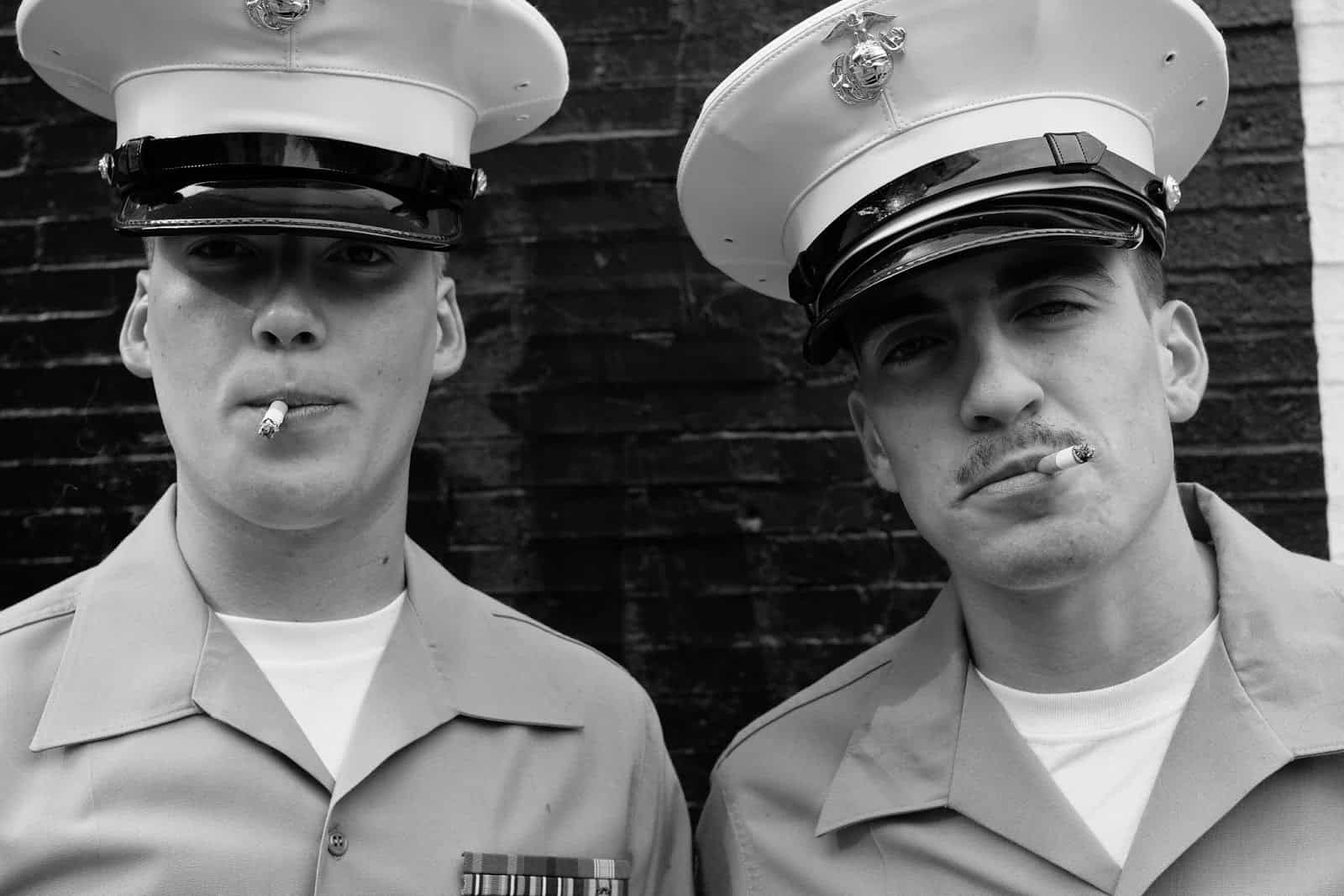
It is no secret – you are not the first one taking pictures of NY. I know you like New York photographers such as Diane Arbus, Mary Ellen Mark, and Francesca Woodman. What do you like about them and other photographers?
The greatest photographers have lived or stayed in New York, but do not think that this city is easy to photograph despite its photogenic and cinematic side, you have to fight against your subconscious who influences you to make snapshots of American life.
The work of Tish Murtha (Youth Unemployment) and Mark Cohen (Dark Knees) inspire me every day. American photographers such as Helen Levitt, Vivian Maier, Evelyn Hofer and Stephen Shames (Bronx Boys) are amongst my favorites. Of course, I also like French humanist photographers as Marc Riboud or Sabine Weiss. Not to mention Diane Arbus’ s portrait of a kid with pomegranate plastic in Central Park, or the realistic portraits of the most disadvantaged by Marry Ellen Mark. I admire their talent for being so immersed with the people.
The work of Francesca Woodman and her self-portraits are so poetic, I like the idea of being photographed by oneself, without narcissism, but just to say ‘here’s who I am’.
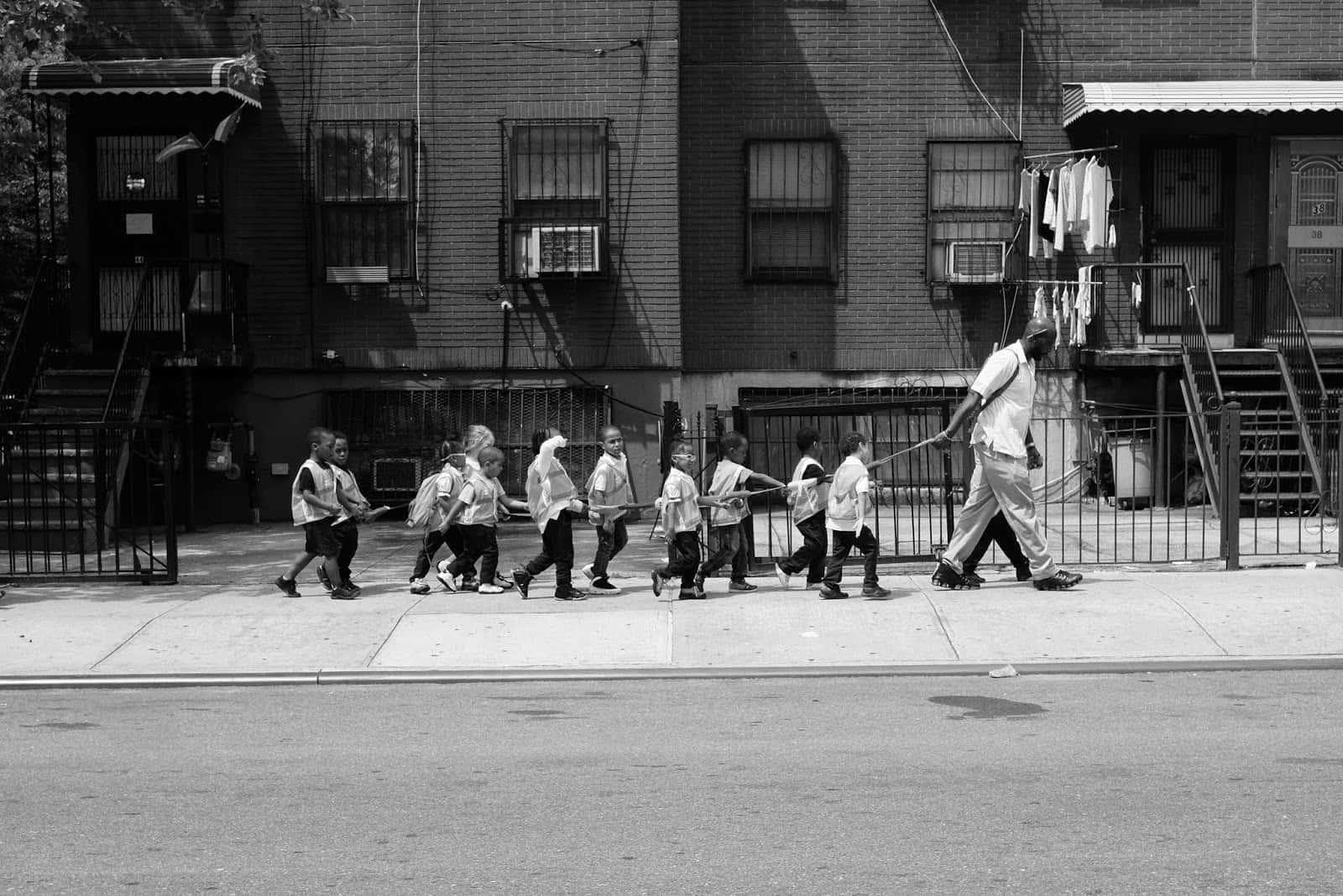
What styles of photography don’t you like?
I do not have affinities with architectural photography. I prefer abandoned objects in the street imagining who used them, that is my idea of photography, the story behind the story.
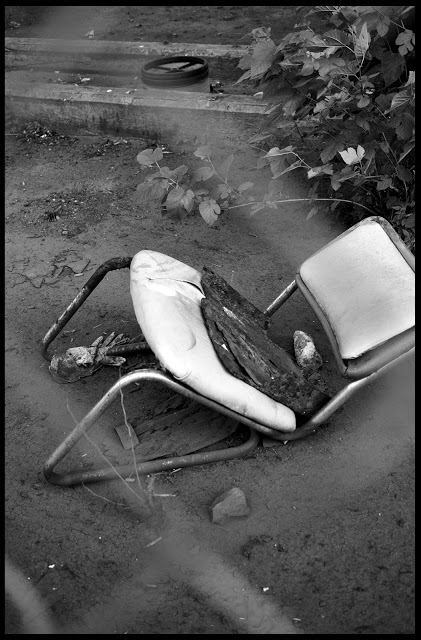
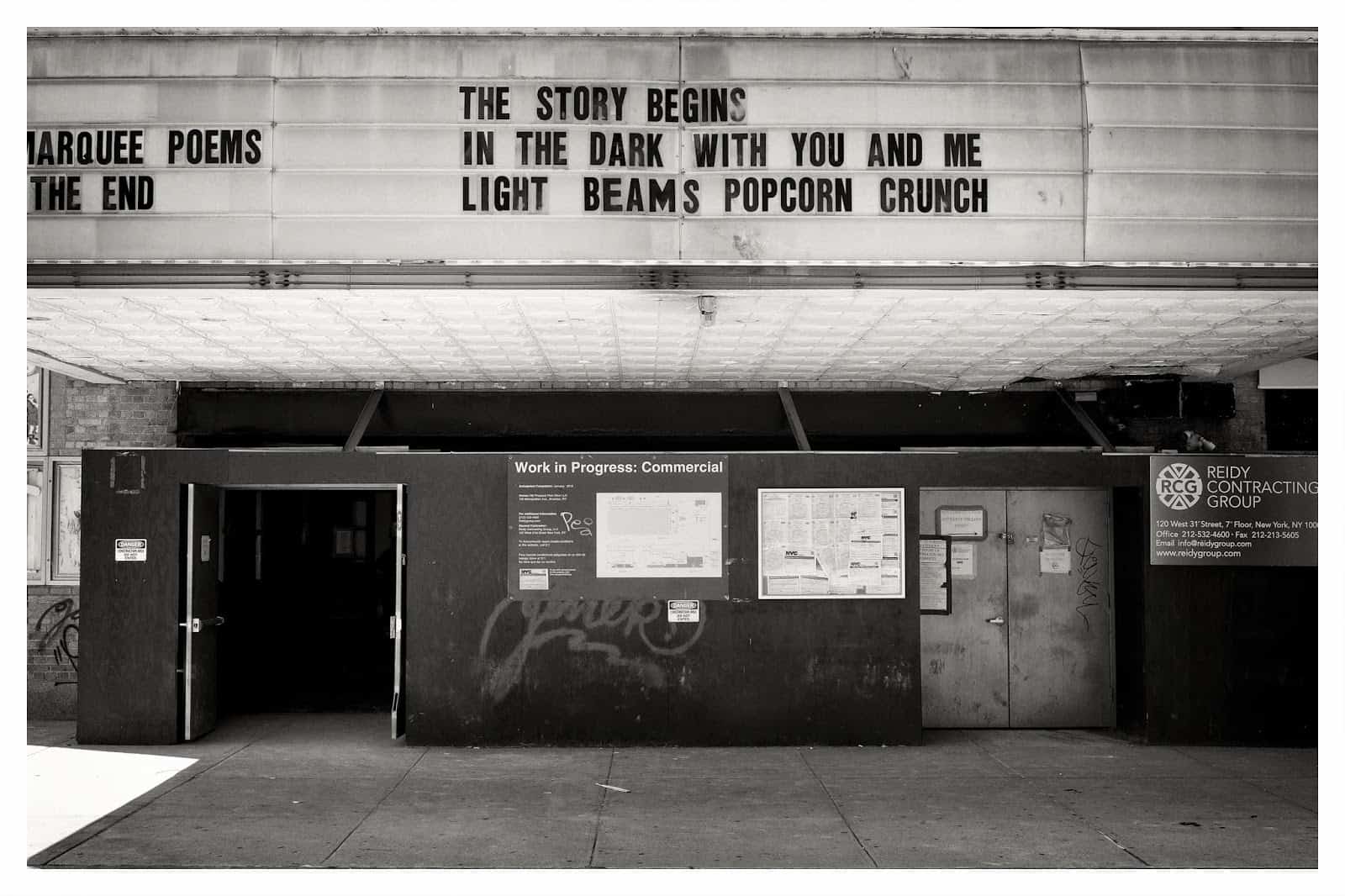
How was your first time in NY? The first picture?
My first photography of New York was taken in July 2015 at midnight from the window of a yellow taxi coming from the airport. Nothing more beautiful than the view of Manhattan by night.
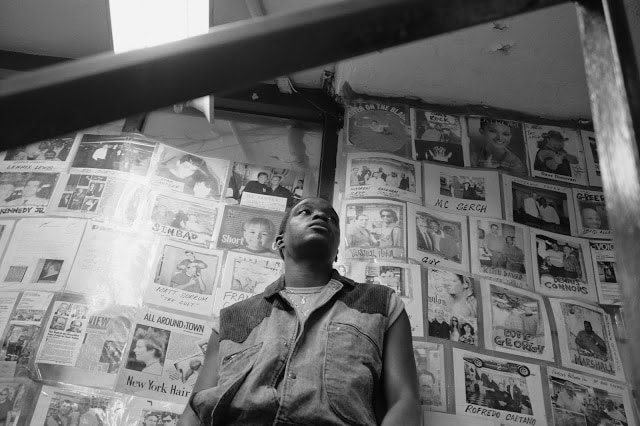
On your website, you write you love capturing moments that remind you of the America of the 50s, a time you never lived in. You were born in the 70s and you were a teenager in the 90s. Why are you so obsessed with the recent past?
This past is the one I saw in front of my French television when I was a kid. It’s the elegance of the women of the time, the fashion, the omnipresent music, the African American kids of Harlem playing in the street, the fight for the rights of this community, and the photographs of many demonstrations against the Vietnam war. So, unconsciously, my passion for this culture grew inside.
But it was necessary to come back to reality and break with the exaggerated interpretation. That was my point of departure before starting to photograph the city in 2015. I studied the history of American street photographers to complete these memories. I like to deceive the viewer, that my style is associated with a form of timelessness, and transcribe the heritage of New York.
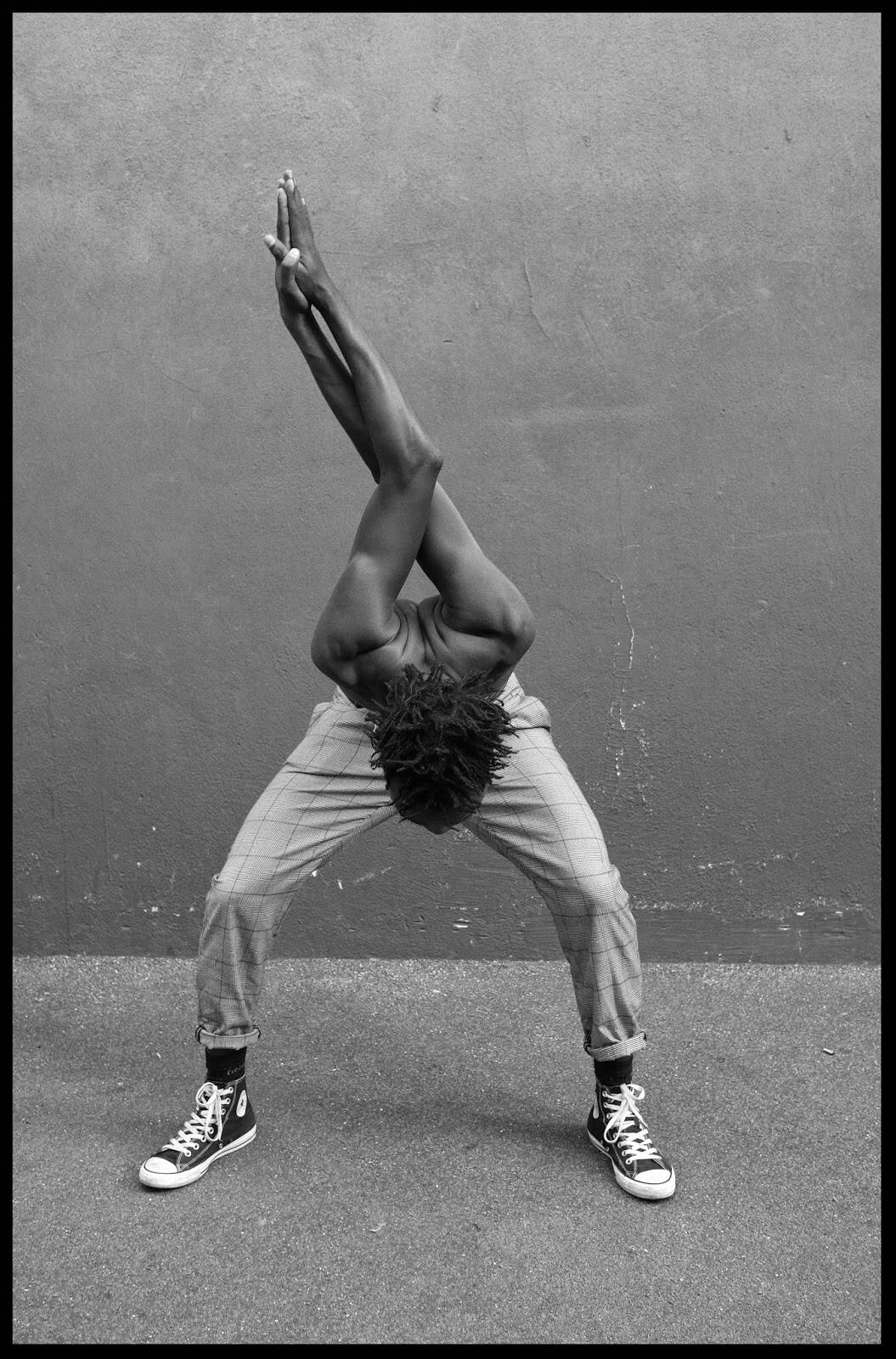
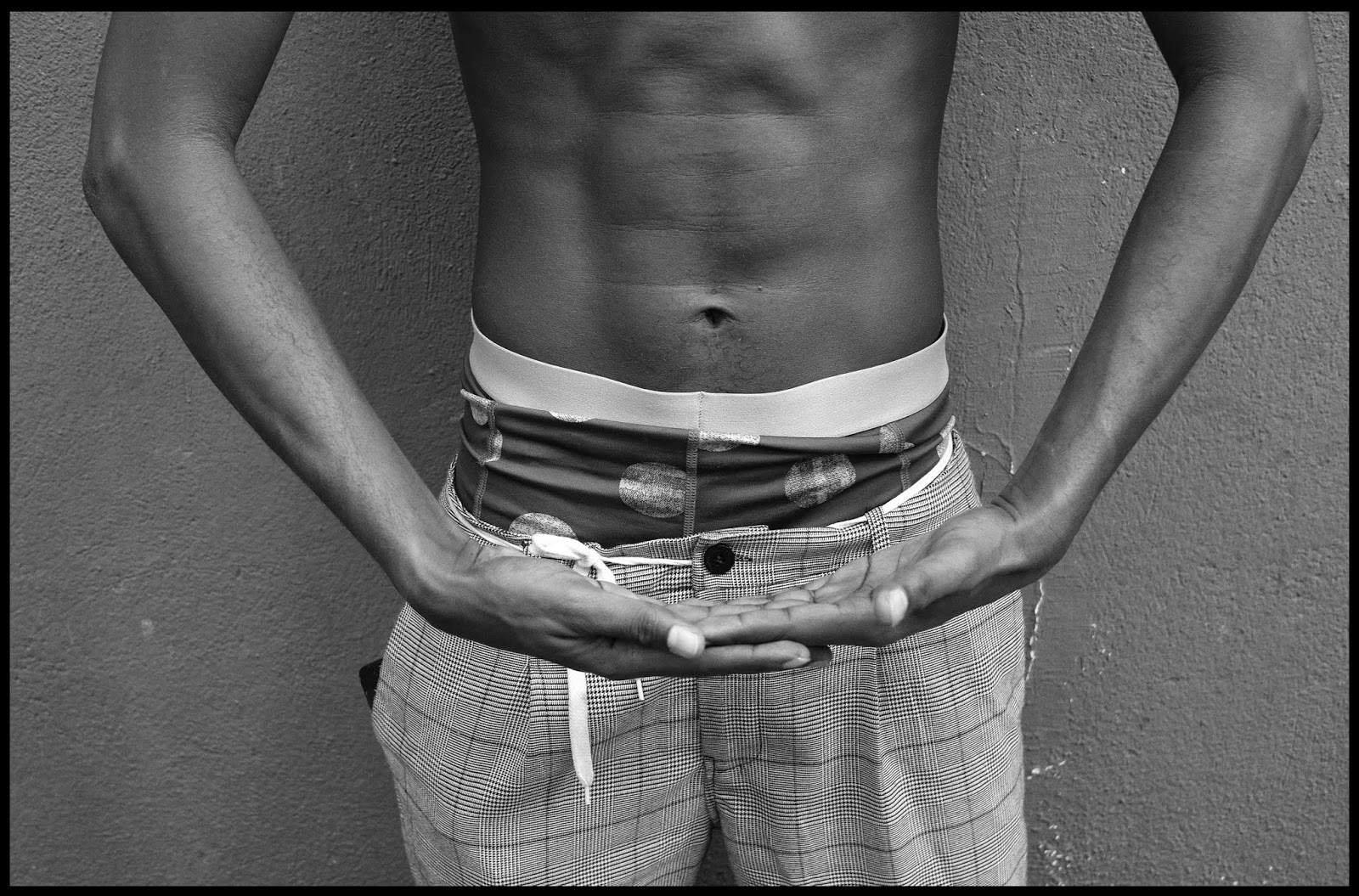
What happened in your youth in France that nourished your picture of New York today?
Like most of the teenagers in 1990, I discovered the old school side of the ’80s in front of my French TV watching MTV’s American Hip Hop music videos (Run DMC, Wu-Tang Clan, Beastie Boys, Notorious Big…) and the legendary Spike Lee movie ‘Do the Right Thing’ in 1989, that was going to be marked eternally in my memory.
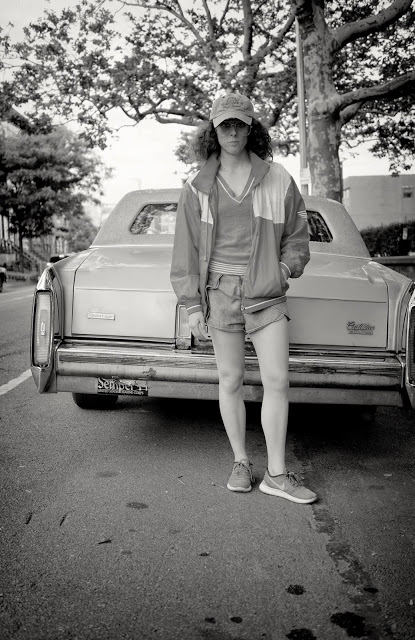
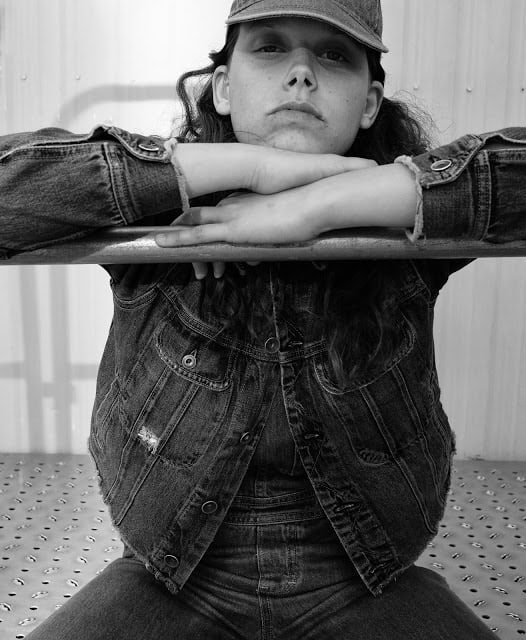
How long are your stays in NY and how do you structure your days there?
My budget is very limited, the first four trips lasted only ten days each, the 5th took three weeks, and I would like to find a way to stay longer. That’s why I sleep only four hours by night, lulled by the sirens of fire trucks and the sound of parked cars or barbecue parties in the gardens, especially in Brooklyn.
I get up at 6 am, walk all day, drink coffee with a cigarette every two hours, look for backgrounds which I note on my notebook. In the evening I work on my photos and send some to the people I photographed to thank them.
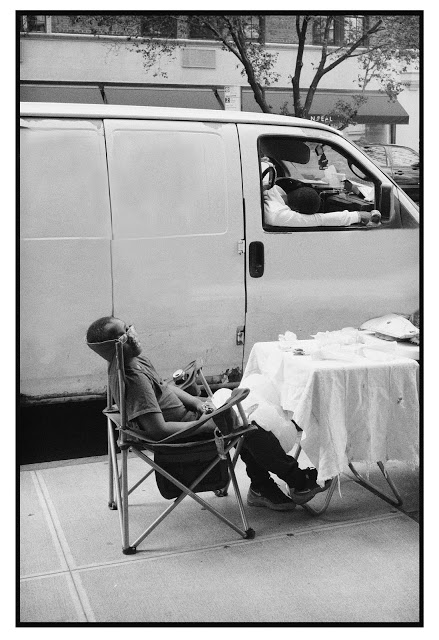
Roller Fashion Skating and 80s are two series referring to past decades. Can you explain how you started doing these two series?
For the series ’80s’, I saw these artists in a recent work by famous photographer Jamel Shabazz. I contacted them a month before my departure explaining my wish and my approach. It is difficult to create a climate of trust and intimacy in a short time but in this case, they were so professional and so friendly. I just observed them and chose backgrounds that interested me.
Also, the improvised videos in the street and the Ghetto-Blaster that spit his old school sound immediately put me in the mood and we found the fun and the atmosphere of that period. For the series ’80 s’, made in Manhattan the 25 May 2019 with these three famous New Yorker artists (KOOLOUT-K, DJ LEE ROCK STARSKY, TASHAWN Whaffle Davis) they performed as if there were still living in the ’80s. And believe me, they are not playing a role, the ’80s are a part of their daily life. The soul of New York does not disappear.
For ‘Roller Fashion skating’, I was once again very lucky. I was visiting the ‘Lefrak Center at Lake Side’ at Prospekt Park, a rollerblading park for young people in Brooklyn. I was looking for someone who could pose in this place to stage a later project. And I met Brianna Jones with her friends who were celebrating her birthday, all dressed up very fashionably as in the ’70s. New York offered me what I wanted to create.
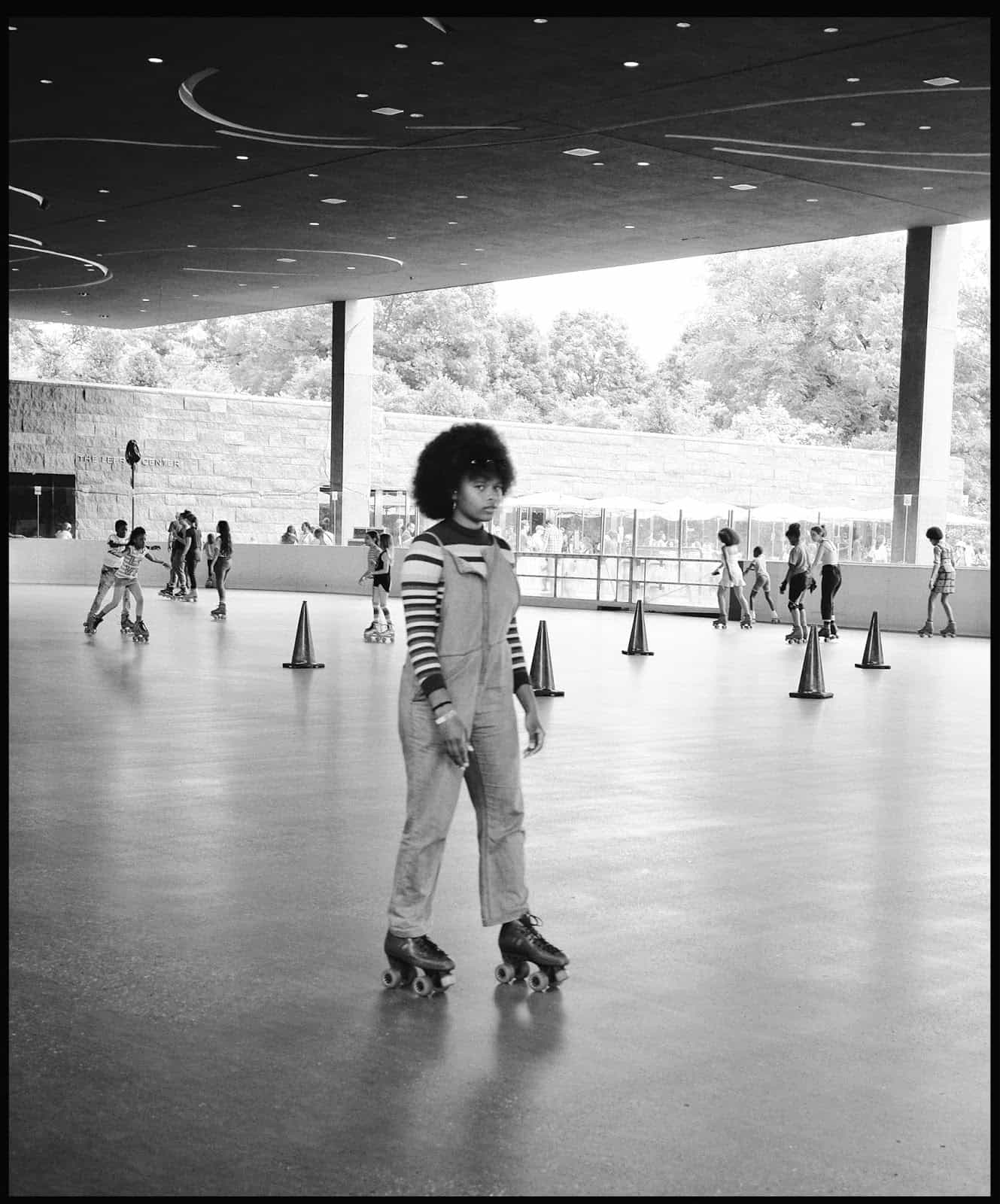
What difficulties do you find in shooting the past in the present / finding the past in the present?
The difficulty to work with elements of the visual background of the past is to not put on a disguise, to play a role, it is not a historical film. It is the reality … it is necessary to mix with the modern objects of everyday life. Background and details are important, not just people. But I am not trying to make a recreated staging, it is not artifice rather I seek to find elements of the past that persist. It is essential to take the necessary time to understand a place, I do not want to capture clichés. It’s the reality of the present with traces of the past. I can not photograph the present day in New York without finding traces of its past, to marry past and present.
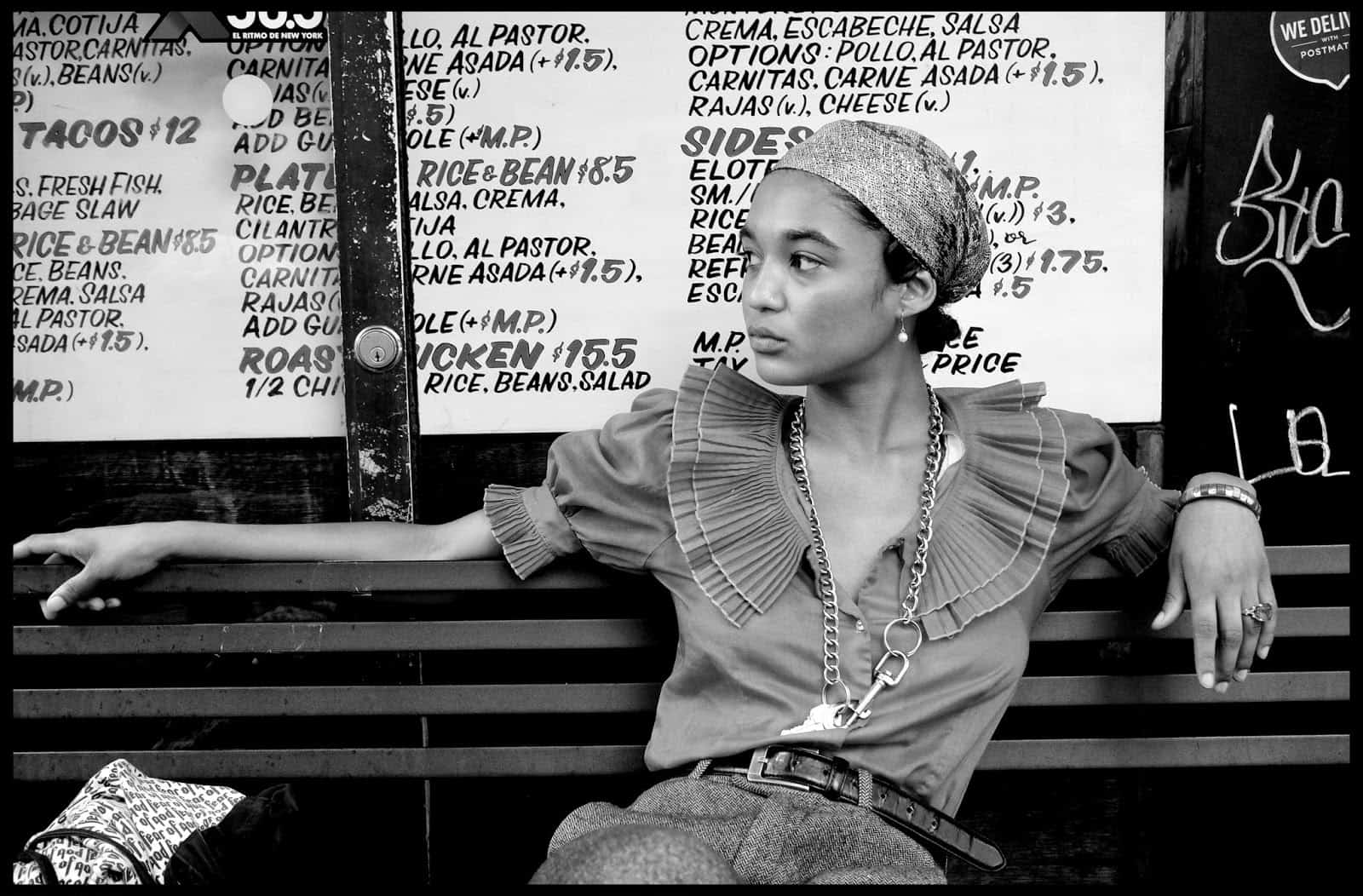
Are you like Vivian Mayer who took secret pictures of the New Yorkers, how do you approach someone you wanna take a picture of? Do you prepare the pictures or do you capture moments?
Most of the time I capture moments or portraits of strangers on the street. Once I ran 10 minutes behind a skater hoping she stops like Miss Alexander. Unless a sudden event happens in front of my eyes, like these kids in the middle of a water fight at Tompkins Square Park, I usually do not steal photos without a look, a smile that invites me to do it. I am often very close to my subjects because I do not have a zoom, just a 27 mm lens.
News Yorkers love to be photographed, I have not experienced any refusal, and this year, two strangers even asked me to photograph them, I liked the idea of being chosen in my turn. My smile and my very bad English certainly help me to approach strangers despite my shyness I take the time to explain the reasons that push me to do their portrait. The moment I trigger my camera belongs to me!
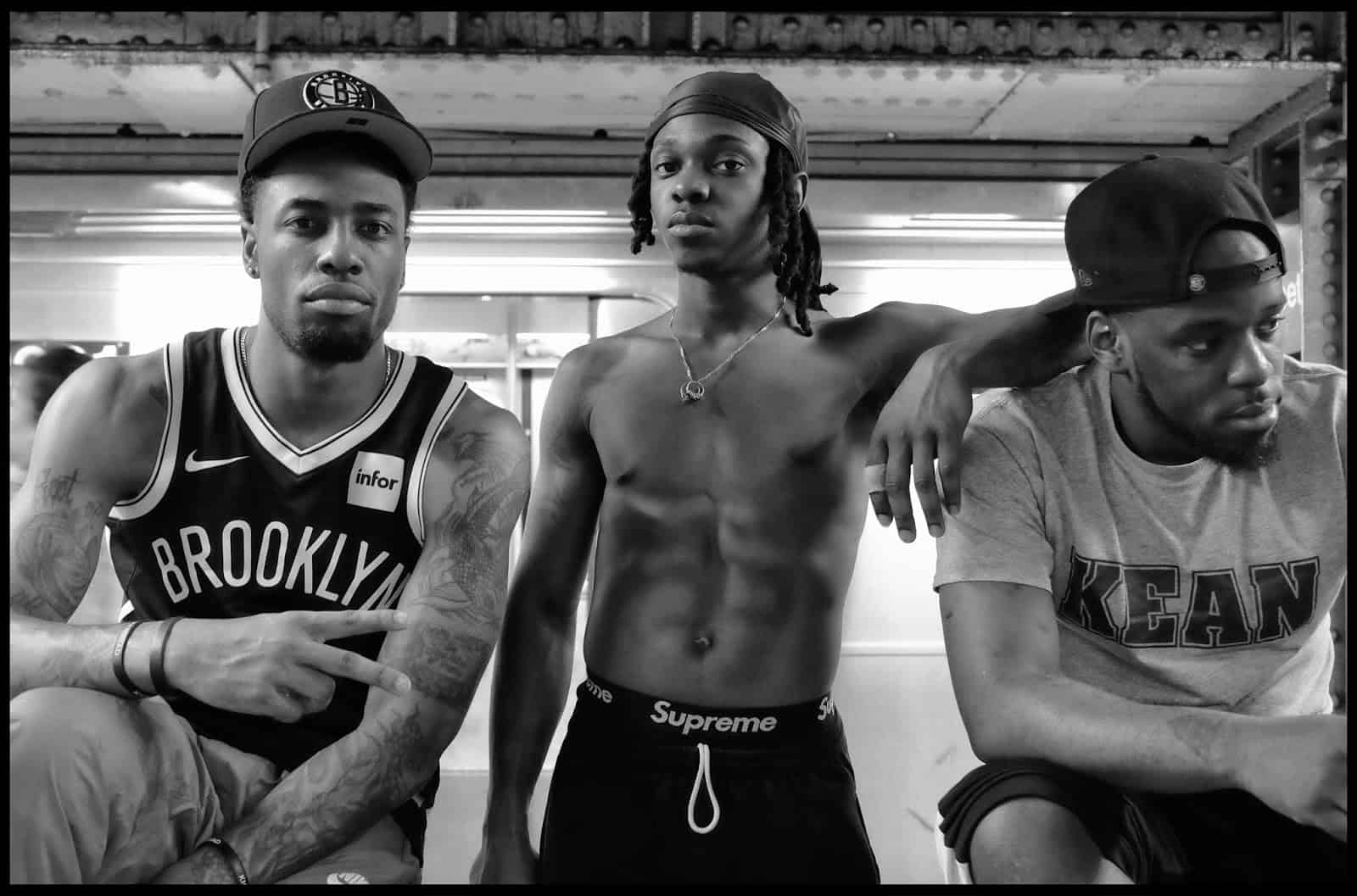
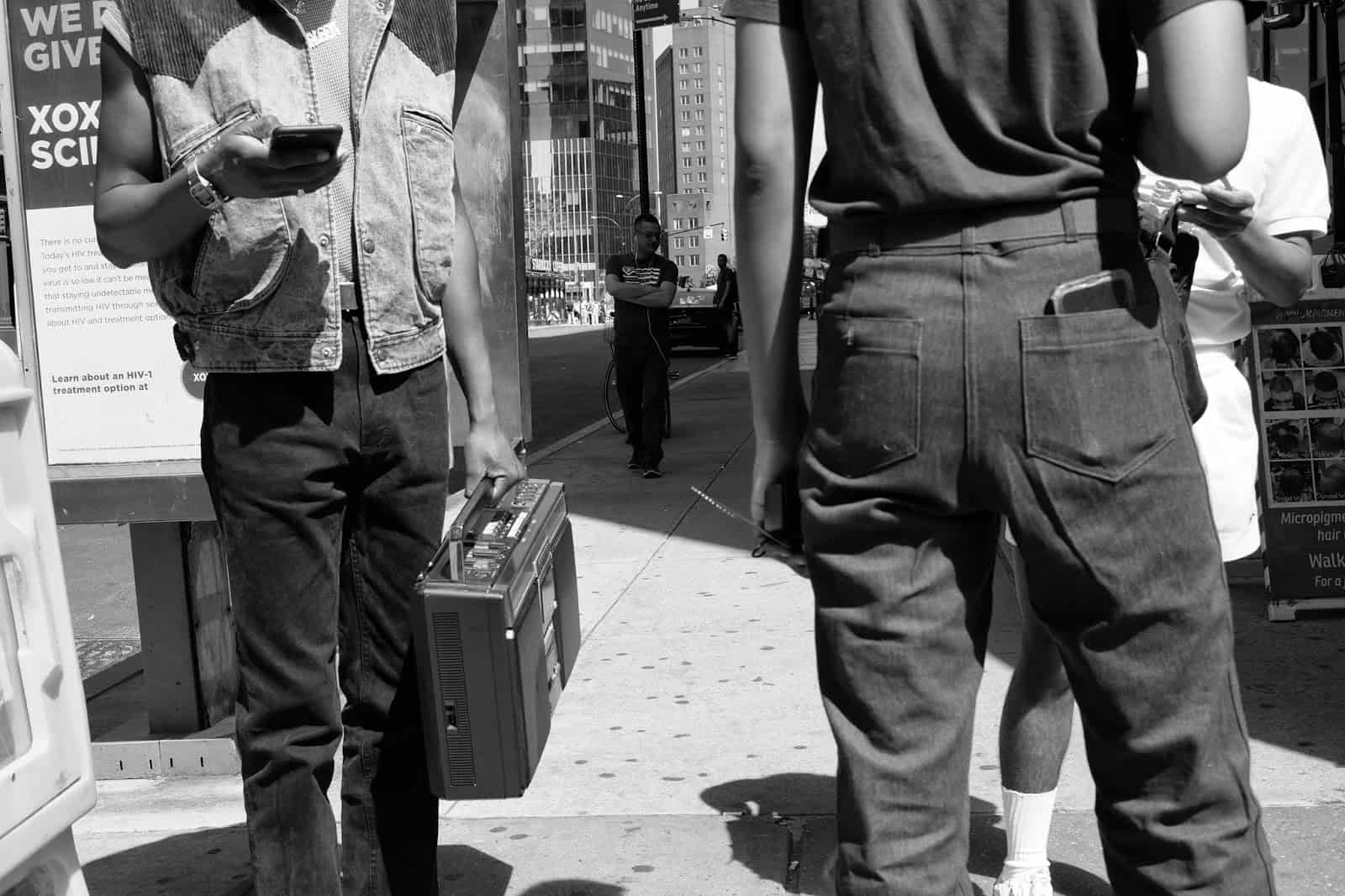
Are you a modern artist and use social media / Instagram? How do you use it?
But I’m only 40 years old! Of course, I live in my time. I mainly use Instagram, it’s a great tool, I follow many amateur photographers like me or professionals, artists, galleries, foundations, magazines. I have great passionate discussions with some, the support of many followers and I knew some in real life!
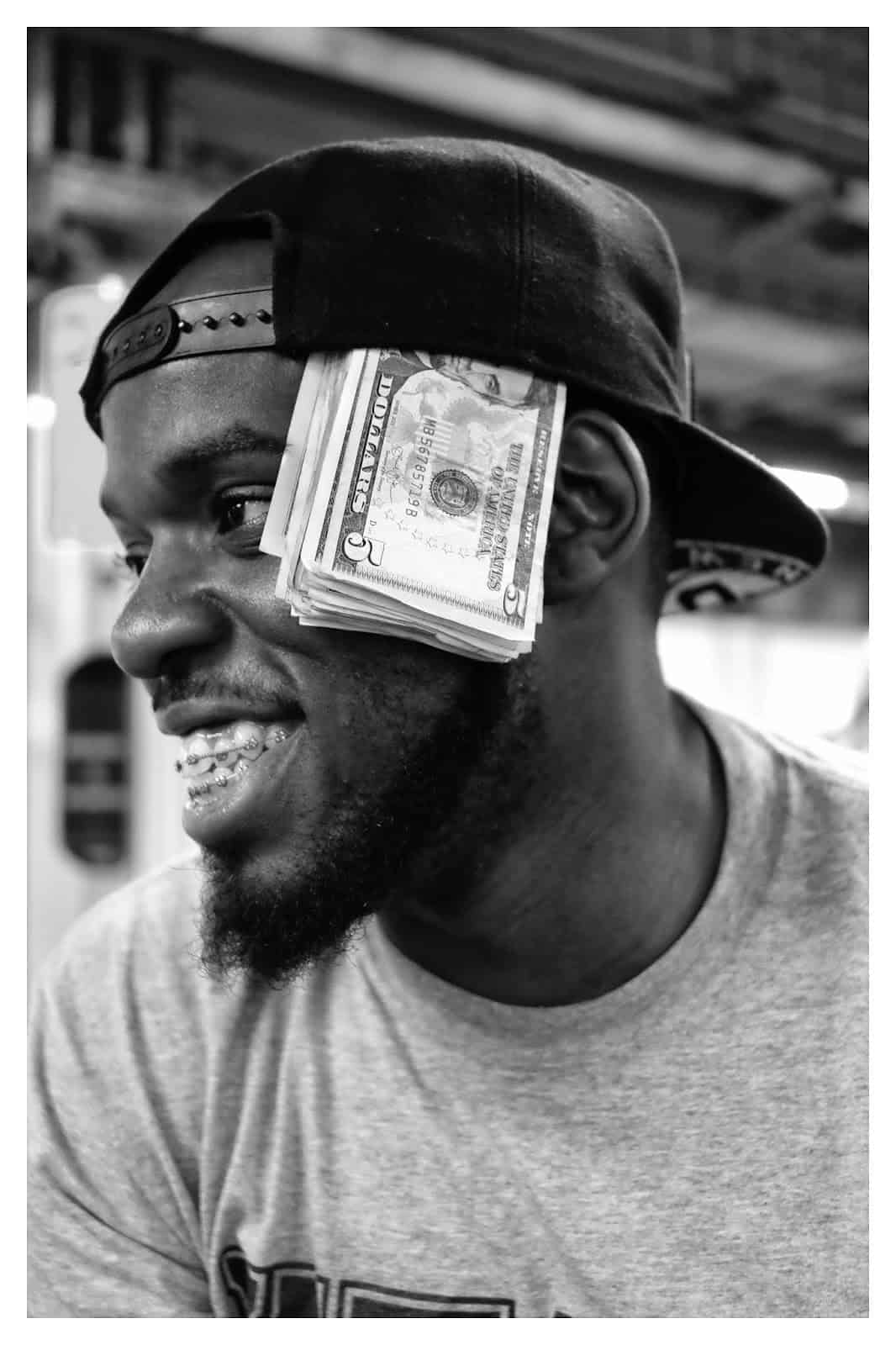
Contemporary French photography is very into the transformation of a rural France into an industrial multi ethnic society with social exclusion. Are these topics that tempt you as a french photographer?
To tell the truth, I am disturbed by the economic changes that affect a large part of a certain category of French, today working is no longer enough to live. I’m no stranger to this situation, this is probably the reason why I do not photograph this theme.
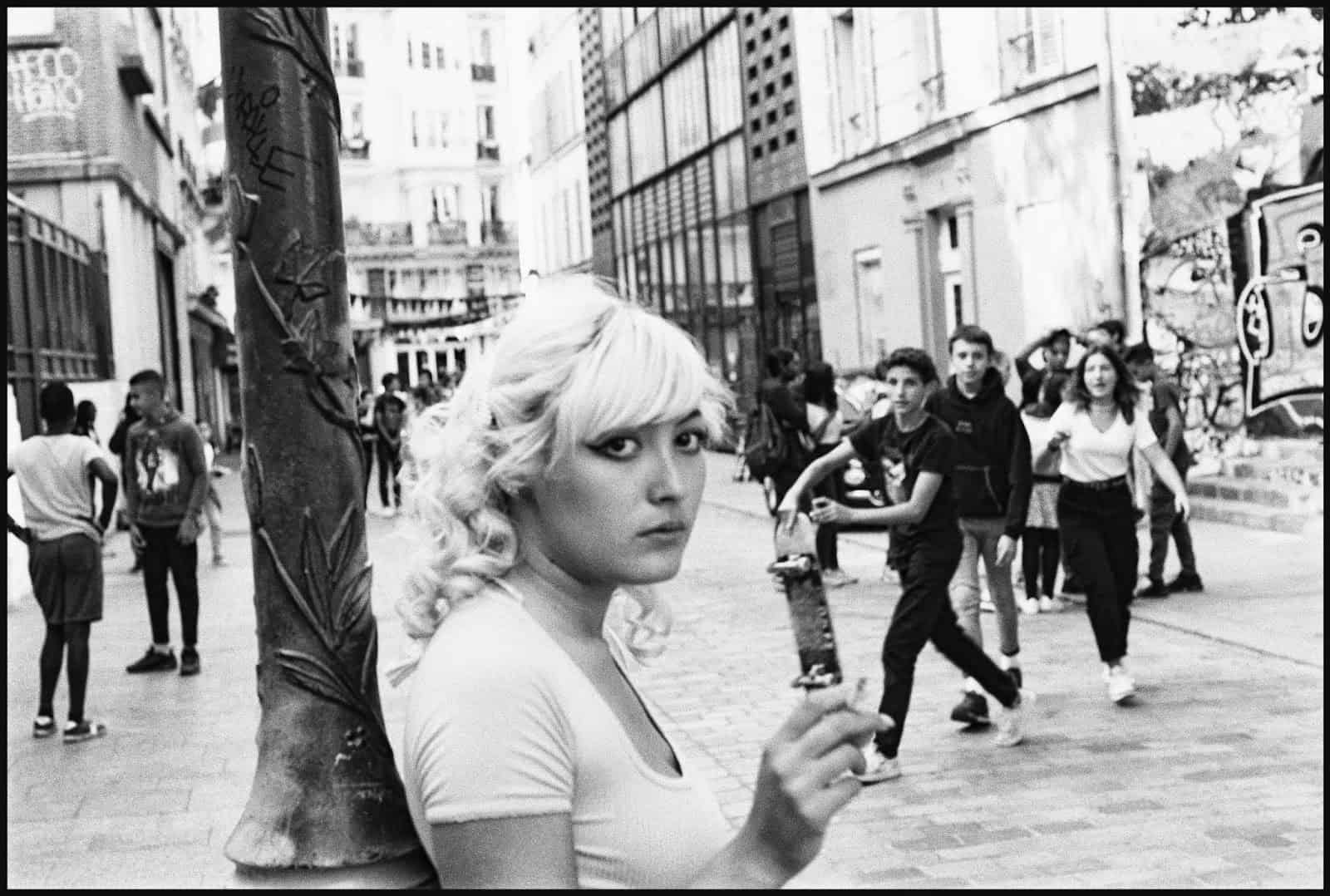
Why do you photograph cities? Could you imagine or are you taking pictures outside of cities? If not why not?
I like the energy of a big city, the noise and the life in the street. I had the opportunity to photograph the countryside of Asia ten years ago, in Vietnam where I stayed for two months, the South of India for 6 weeks and Thailand twice. Bangkok and Hanoi are incredible cities where modernism and traditions melt together. I did not show this work on social networks, at the time I was looking for my artistic way but I have pictures of children at work which disturbs me and I’m going to work on it.
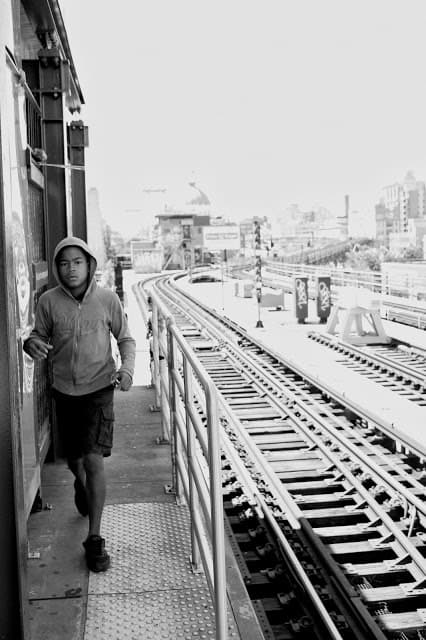
In a former issue, we interviewed Bruce Davidson one of the great Magnum Photographers who shot during a year a series about gangs in Brooklyn in the late 50s. He told us ‘One attribute is that I stay longer, I don’t just take a picture and run away. I’m there, I’m inside a world.’ You don’t live in NY. Do you build up a relationship with your models, do you even think it is necessary?
The work of Bruce Davidson discovered 6 years ago was a trigger, especially with his series’ East 100 St ‘and’ Brooklyn Gang’. Certainly, I do not spend enough time with people I photograph, but let’s be realistic, the era has changed, and no one finances young photographers, as foundations or magazines to allow to stay long to work a series. Therefore, not living on-site in the city, the series will be completed each year according to the themes that are dear to me. It is a full lifetime project.
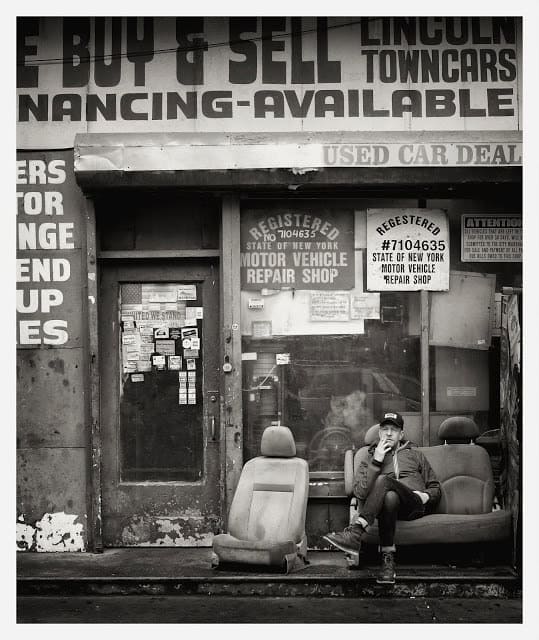
Julien Besson does not steel moments instead he lives a moment with the people he captures on camera. He makes people comfortable and earns their trust in order to capture a true and honest moment!!!
Want More:
Share this post

